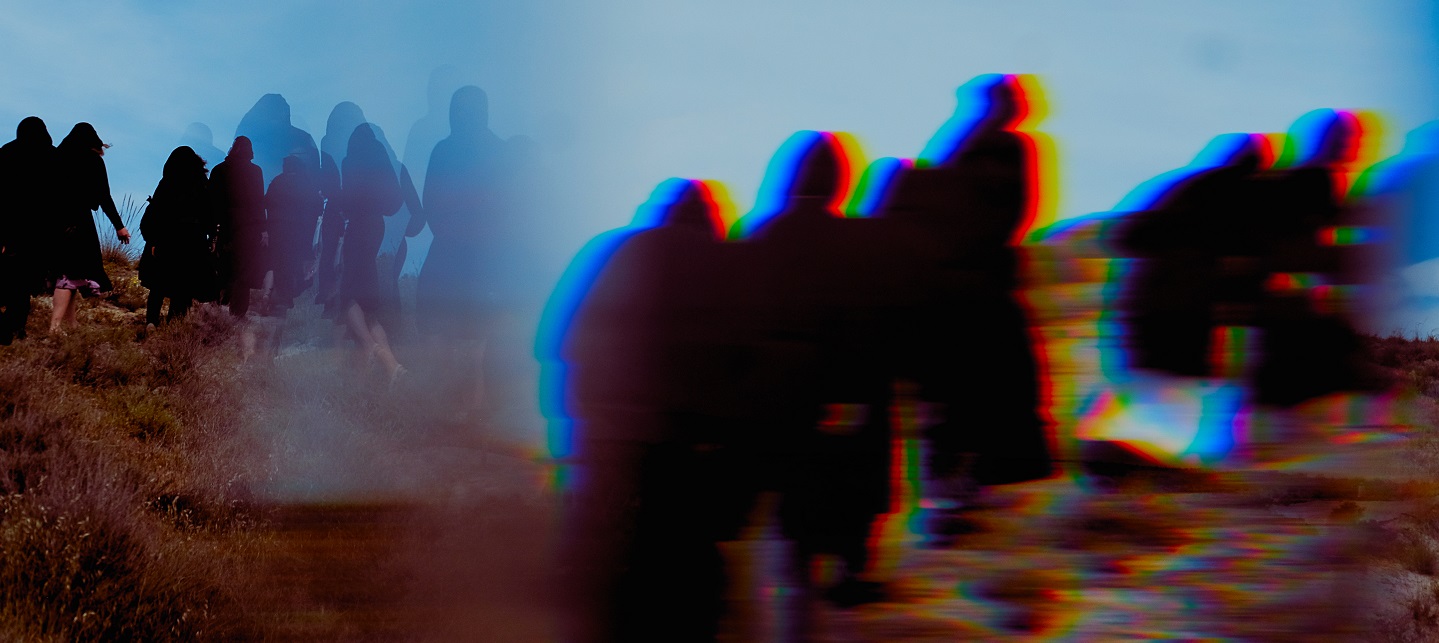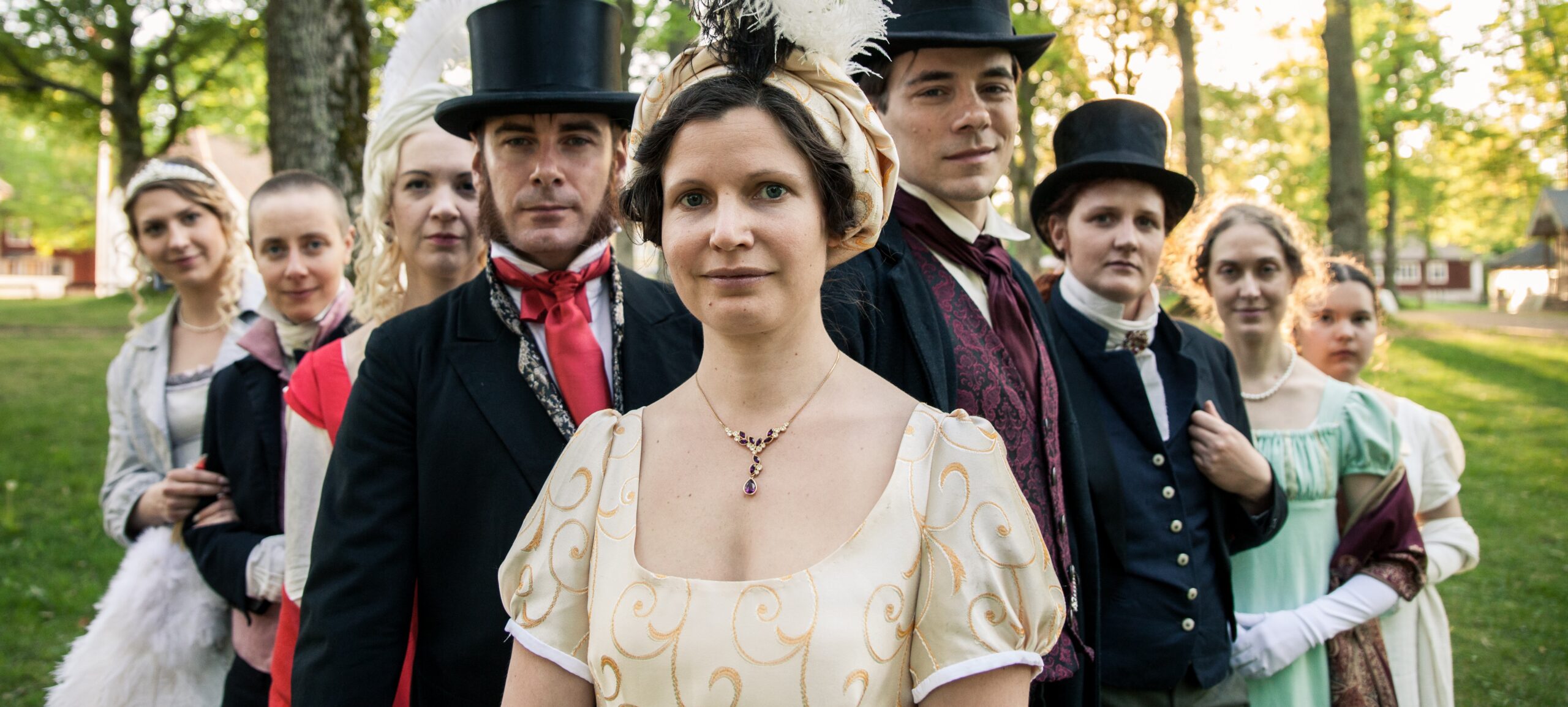Tag: Metatechniques
-

Rules are Magic: What Larp can Learn From Narrative RPGs
in
How simple rules, such as those found in narrative RPGs, can create the emergent narratives and the emotional experiences many seek in larp.
-

Six Magickal Techniques
in
Six techniques to help frame how larp characters engage each other, their perceptions, and their environment, avoiding conventional paths.
-

Fortune & Felicity: When Larp Grows Up
ByFortune & Felicity was a larp held at the spa village of Medevi Brunn in Sweden. Based on the work of Jane Austen, the larp lasted from May 25-28, 2017.
-

What Does it Mean When Sex is Sexy?
in
Should larp techniques for representing sexual activity be sexy themselves? Might they be more sexy than we sometimes realize? What impact does this have?